Independent Performance Testing of DRBD by E4
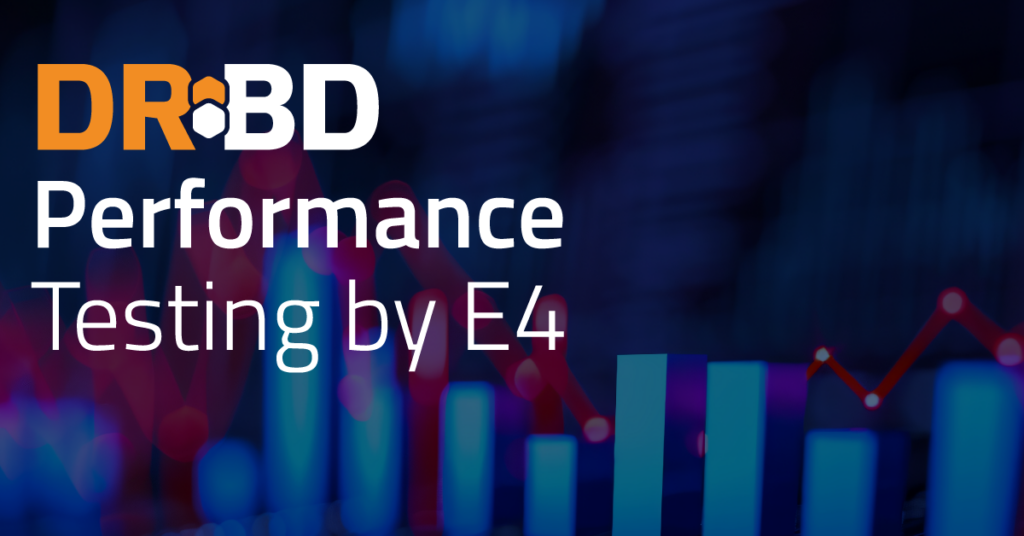
This is a guest post by Davide Obbi, Storage Specialist at E4. In 2024, the Italy-based E4 Computer Engineering company evaluated DRBD® for use in their high performance computing (HPC) ecosystem. E4 is a company that since 2002, has specialized in building HPC systems for academic and institutional research environments, such as CERN. More recently, […]
RDMA & What It Means for Data Transfer & Replication
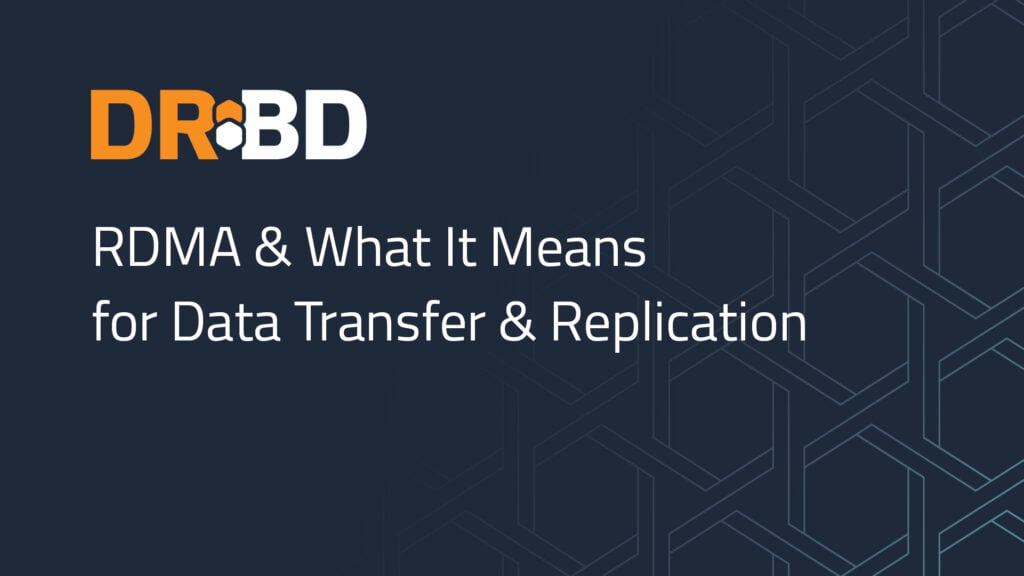
Remote Direct Memory Access (RDMA) is a data transport protocol that has changed the way data is transferred over networks. This article will discuss the topic of RDMA, what it is, how it differs from Transmission Control Protocol (TCP), and why you might want to use it in a high availability (HA) data replication topology. […]
Open-Sourcing the LINBIT SDS GUI

One year ago, we announced the LINBIT SDS GUI, intending to add another benefit to the subscription products offered by LINBIT. A year later, we reevaluated the situation. I asked my sales team the question: Will the added benefit of the GUI help you sell more LINBIT support subscriptions? I got a clear answer: No. […]
Managing Software-Defined Storage with the LINBIT GUI
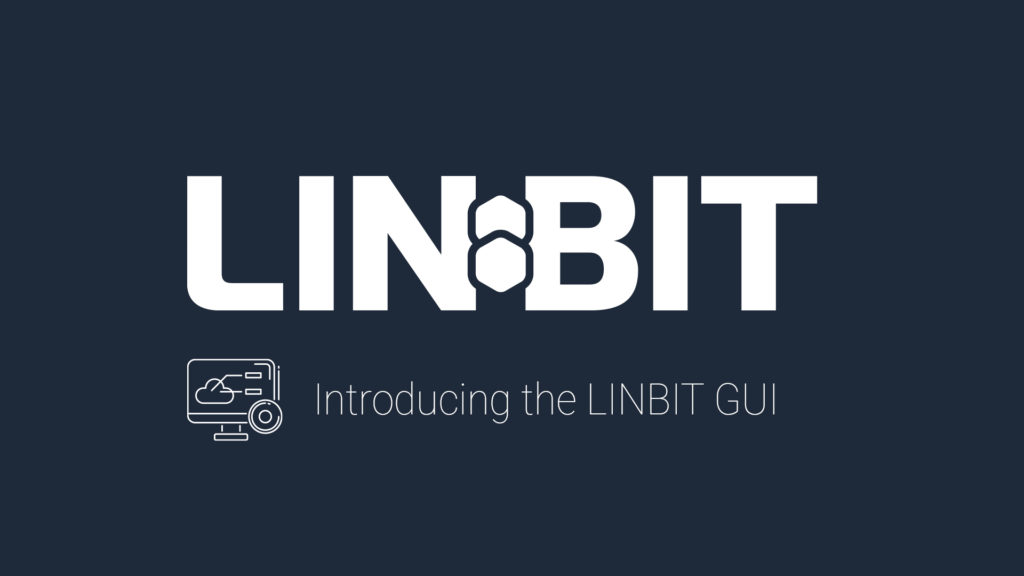
A Visual Approach to LINBIT SDS Here at LINBIT®, we live at the shell prompt, but on occasion, getting a graphical view of things can provide benefits. This is why we developed the LINBIT GUI, a graphical user interface (GUI), for the LINBIT SDS stack (LINSTOR®, DRBD®, and related software). Open source code for the […]
Perspectives on Retaining Customers of Free Software

In this first edition of what I intend to be a quarterly newsletter, I want to talk about a topic that I think about every day, as someone who helps run a profitable company based on open source software. That topic is how LINBIT® attracts and retains customers when its software is open source and […]
DRBD Release & Upcoming Events

The newsletter this week coincides with a DRBD release. The changelog of the most recent DRBD releases – 9.1.22 and 9.2.11 – shows that each fix addresses bugs triggered only in rare corner cases. First, the described non-fatal signal during an auto-promote triggered at a customer with security scanning software installed, such as virus scanners or Endpoint […]
Where to Find LINBIT Documentation
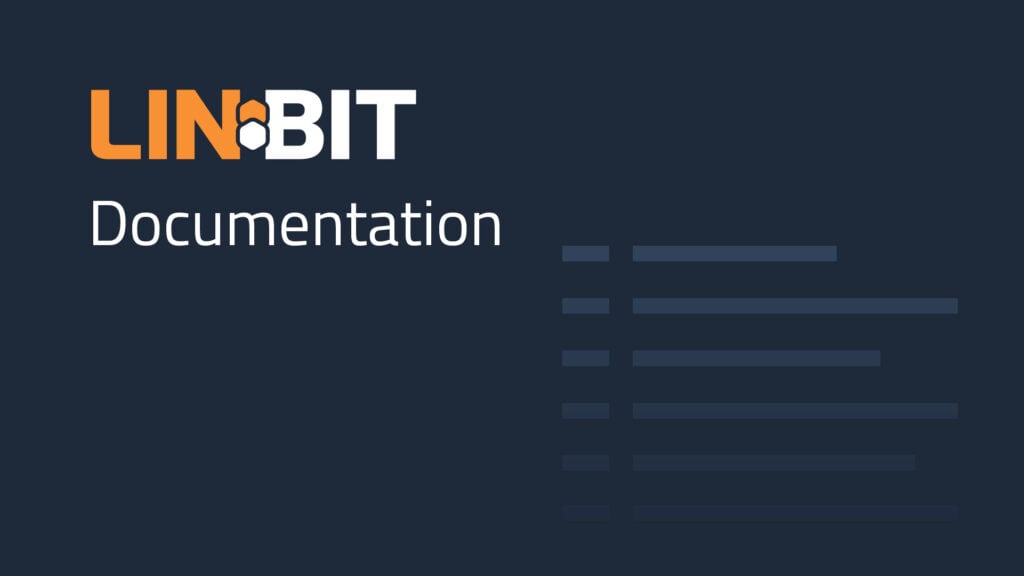
This blog post aims to point to the various resources that document LINBIT open source software. Because some people might find this post after having an in-the-moment need and then searching for a specific type of documentation resource, LINBIT documentation resources are listed here and linked to the sections in this post that describe them: […]
Kubernetes CSI Plugin for LINSTOR

Much has changed in how LINSTOR® is typically deployed into Kubernetes clusters over the years. I’m referring to the LINSTOR Operator for Kubernetes which is now at a v2 release, but the CSI plugin is still the bridge between Kubernetes and LINSTOR’s replicated block storage. While LINBIT® encourages its customers and users to employ the LINSTOR Operator […]
NFS High Availability on RHEL 9 with DRBD Reactor: A How-To Technical Guide
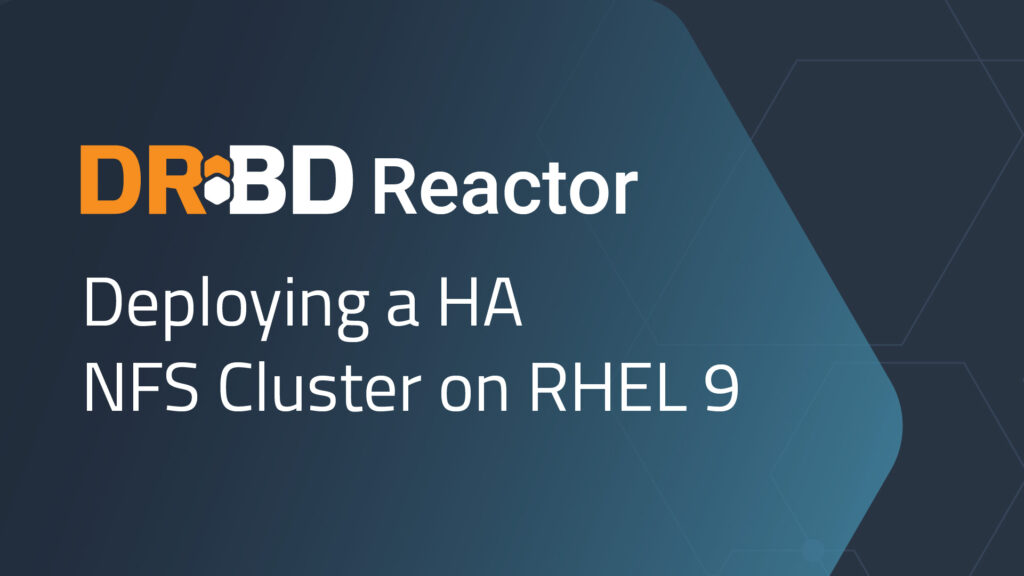
The Deploying an HA NFS Cluster with DRBD and DRBD Reactor on RHEL 9 or AlmaLinux 9 how-to technical guide gives instructions for setting up and configuring a high-availability (HA) NFS 3-node cluster, by using DRBD® and DRBD Reactor. This popular guide walks you through how to set up this HA cluster by using open source software […]
Configuring Tiered Storage in CloudStack Using LINSTOR
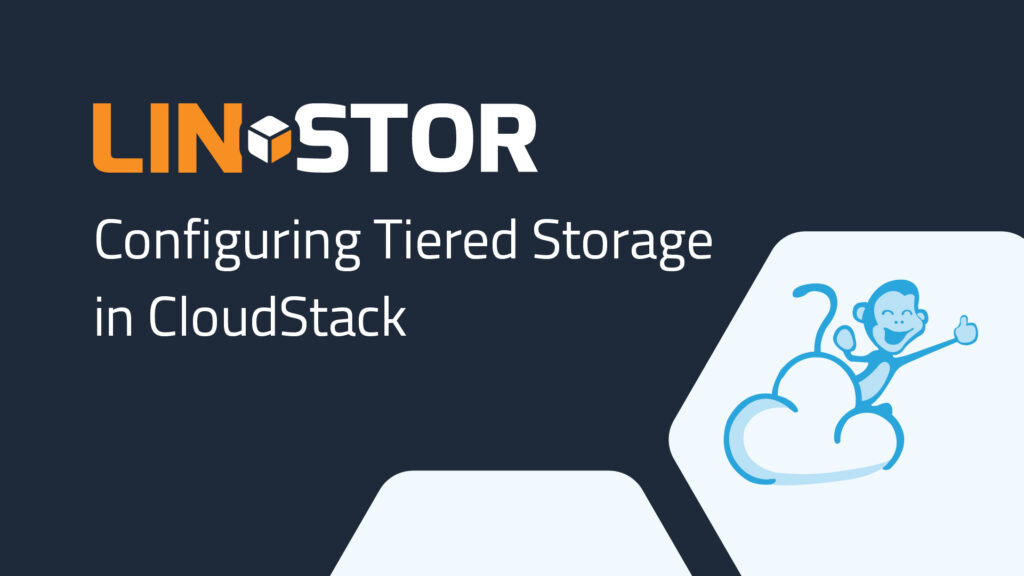
One of the benefits of integrating LINSTOR®, the LINBIT® developed software-defined storage utility, with Apache CloudStack is that you can use it to compliment CloudStack’s disk offerings to provide tiered storage within CloudStack. Tiered storage just means different types of storage, for example, faster or slower storage. Having tiered storage within a system or platform […]